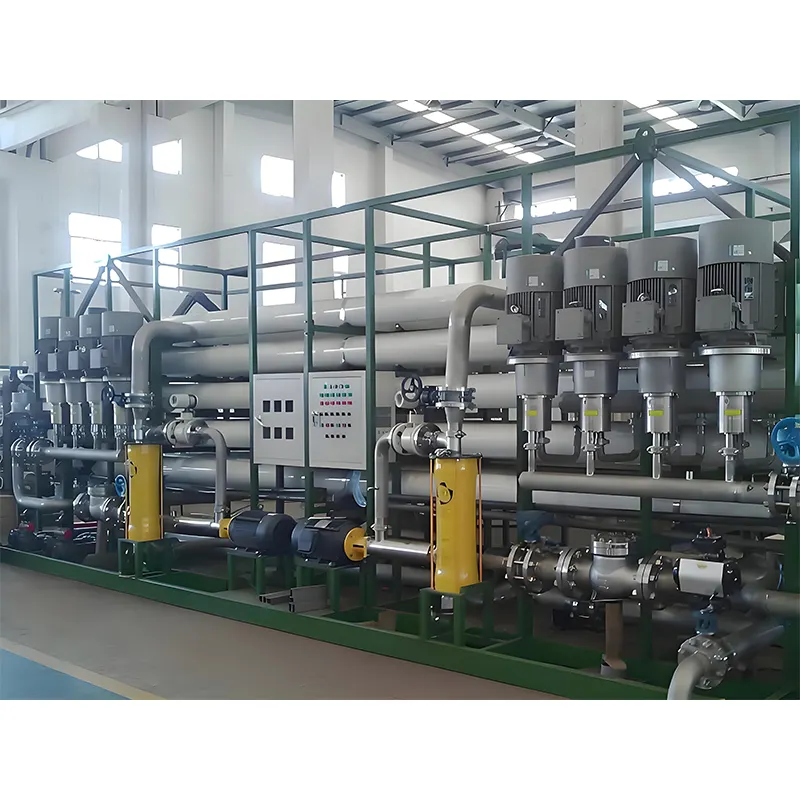Seawater desalination has become very important as a solution to the serious issue of global freshwater shortage. Because of this process, which eliminates salt and other substances from seawater, desalination is now used in different areas of the world. On the other hand, this technology has its benefits and disadvantages like any other type of technology.
Direct Solutions to Freshwater Shortage
Seawater desalination is particularly useful since it gives a direct answer to freshwater problems in dry and underserved regions. Due to the high demands of people, industry, and farming, urban and rural parts of the Middle East, Africa, and cities by the sea often lack enough freshwater from their local streams and rivers. Otherwise, unusable seawater can be made usable by desalination plants, boosting water reserves and ensuring everyone gets access to enough water. Thanks to modern desalination, places that use it can become stronger against the effects of droughts and climate change.
High Energy Consumption and Optimization Direction
Still, there are certain issues with seawater desalination. A major issue is that it takes a lot of energy to carry out this proces. Therefore, improving the ways desalination is performed becomes very important. Experts are working on different ways to become more energy efficient, such as upgrading reverse osmosis filters, using clean renewable energy, and discovering better techniques for cold distillation. Their intentions are to bring down the cost of desalination and at the same time limit its negative effects on the environment.
Environmental Impact of Brine Discharge
Another difficulty linked to desalination of seawater is figuring out how to manage the wastes and their impact on nature. Usually, the saltwater formed during desalination, known as brine, is let back into the ocean. At the same time, elevated salinity levels may be harmful to aquatic creatures and upset the balance of sensitive ocean ecosystems.
We can solve the brine issue by looking for new ways to sustainably deal with it. Presently, scientists are considering mixing the brine to reduce its impact, establishing ways to process brine into new useful products, and opting for safe methods of underground brine disposal.
Initial Investment and Operating Cost Analysis
It generally takes a lot of money to pay for the construction of desalination plants. It consists of spending on construction, getting technology resources, and designing how to move the water from the plant to customers. Many of the expenditures come from the energy needed and required upkeep of the facilities. Even though desalination has its expenses, many places consider it to be a more cost-effective choice than the damages caused by water shortages on farming and manufacturing. Different funding sources, for example public-private partnerships, government subsidies, and help from other countries, can lighten the cost and open the door to desalination for more people.
On the whole, seawater desalination offers a good way to fight the worldwide shortage of fresh water by giving another reliable supply of clean water. At the same time, its progress depends on handling the major problems of energy use, effects on the environment, and cost. With ongoing technological development and the creation of more green initiatives, desalination will probably play a bigger role in helping the world achieve safe water and protect nature.

